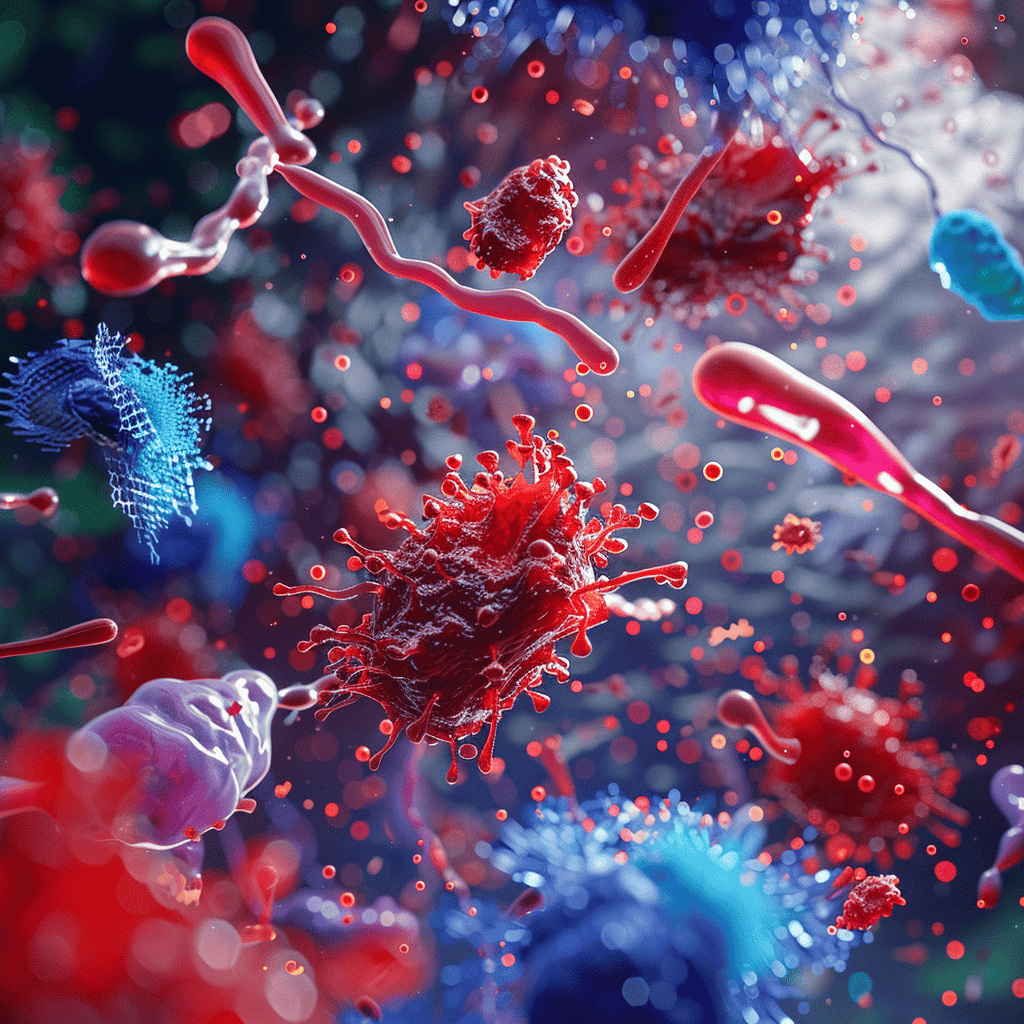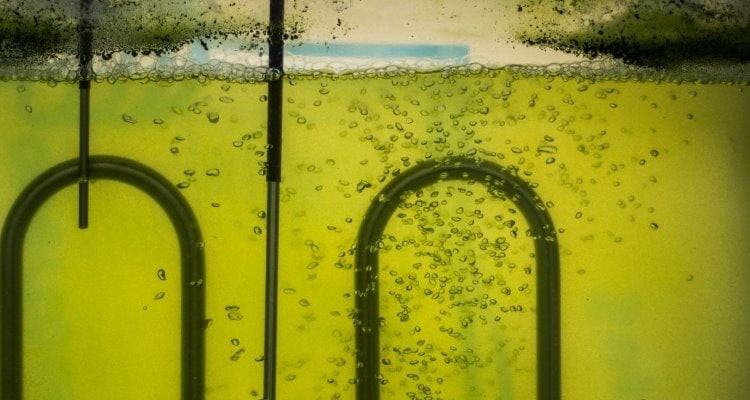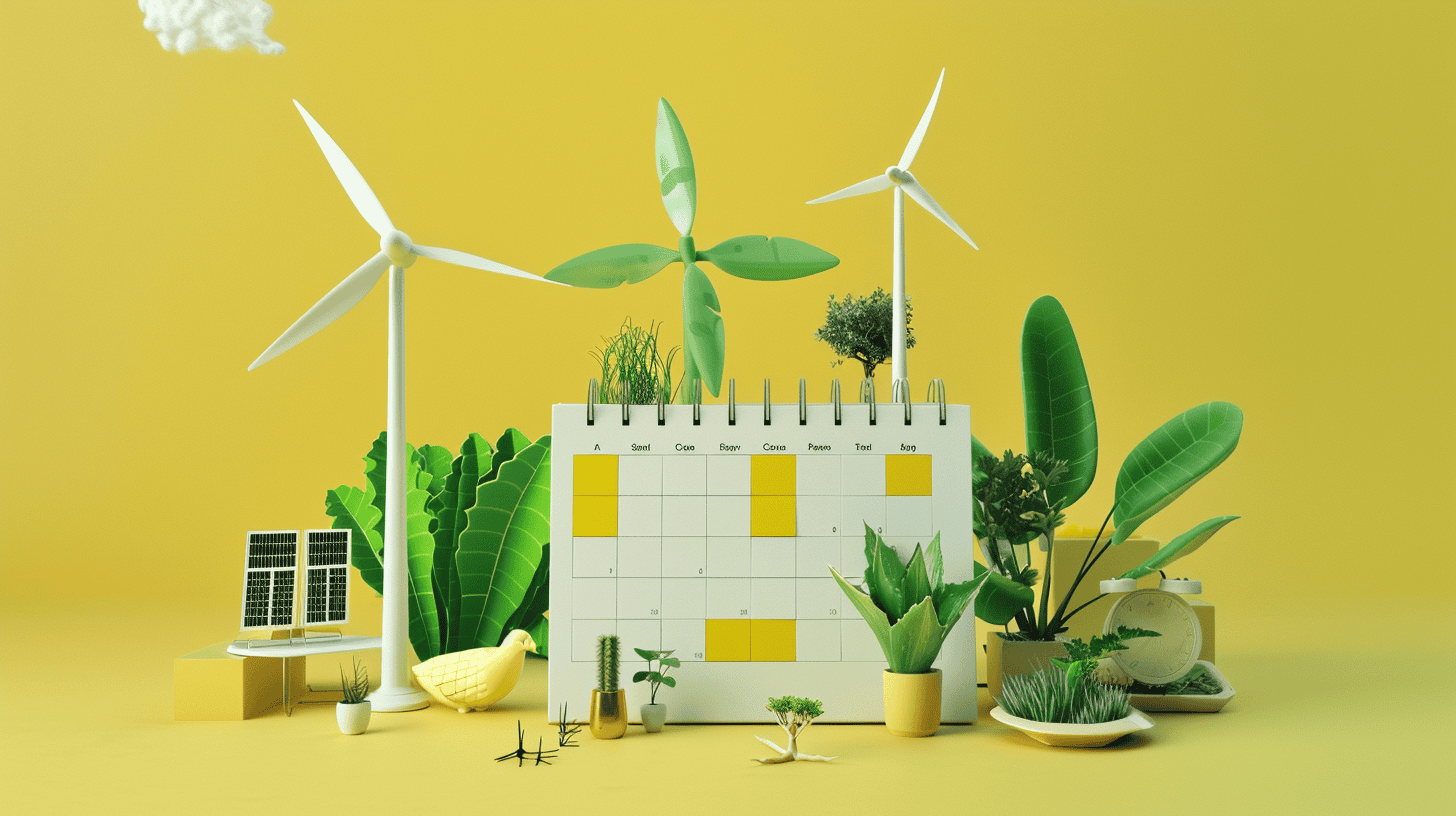
Water is becoming increasingly prominent as a source of all kinds of precious substances such as lithium, phosphorus, nitrogen and potassium. Lithium is especially important. This substance is used in the production of batteries. An international group of scientists from, among others, the Wetsus research institute in Leeuwarden and Wageningen University & Research (WUR) have been researching a technique that makes it possible to fish out various substances from the water separately from each other.
The research group led by Louis de Smet (part of Organic Chemistry at WUR) published an article on this subject yesterday in the prestigious journal Energy & Environmental Science. Apart from the Dutch experts, researchers from Seoul National University, Yale University, Technion, and Tsinghua University also participated.
Approximately seventy percent of the earth’s surface is covered with water, most of which is found in oceans. This is saltwater and not suitable for human consumption. Freshwater (only three percent of the total) is found in ice caps and glaciers. Groundwater is often also freshwater and therefore usable. The limited amount of freshwater makes desalination an important process.
Pure form
The technique is called capacitive deionization (CDI). It is one of the techniques used to desalinate brackish water. Scientists have used this method to selectively extract ions from water. This is because potassium and phosphorus are composed of ions. Reuse is often only an option when you get your hands on these nutrients in their pure form. That makes this technique even more important.
Louis de Smet explains: “All these theoretical forces are summarized in the review with simple formulas and brief calculations to illustrate the effects. The calculations show that separation is perfectly possible. You have to pay close attention to a number of details, such as the speed at which you achieve separation,” says the scientist in a press release from the WUR.
Multiple methods
In order to effectively selectively ‘fish’ for raw materials, it is likely that several of these methods will have to be used at the same time. “We expect an increasing number of new electrodes and membranes and therefore more options to improve the selectivity of CDI.”
Maarten Biesheuvel of Wetsus adds: “A better understanding of ion selectivity and ion transport of these materials, as described in this Wageningen publication, will serve as a guideline for materials scientists.”
Also interesting: Mining meets electric mobility: Mine water is turned into valuable water








